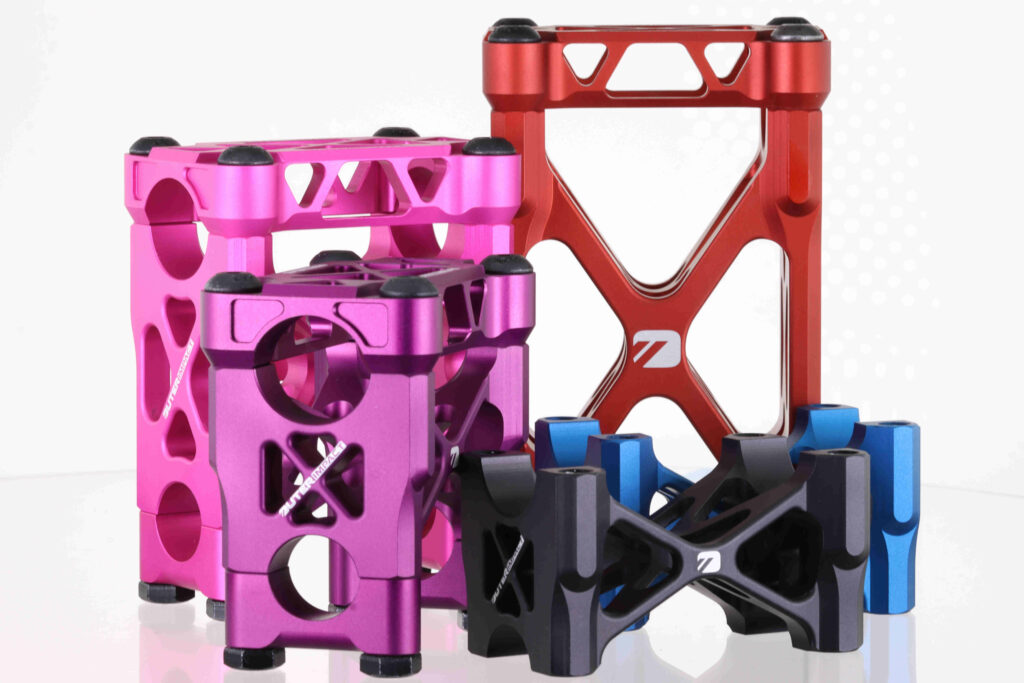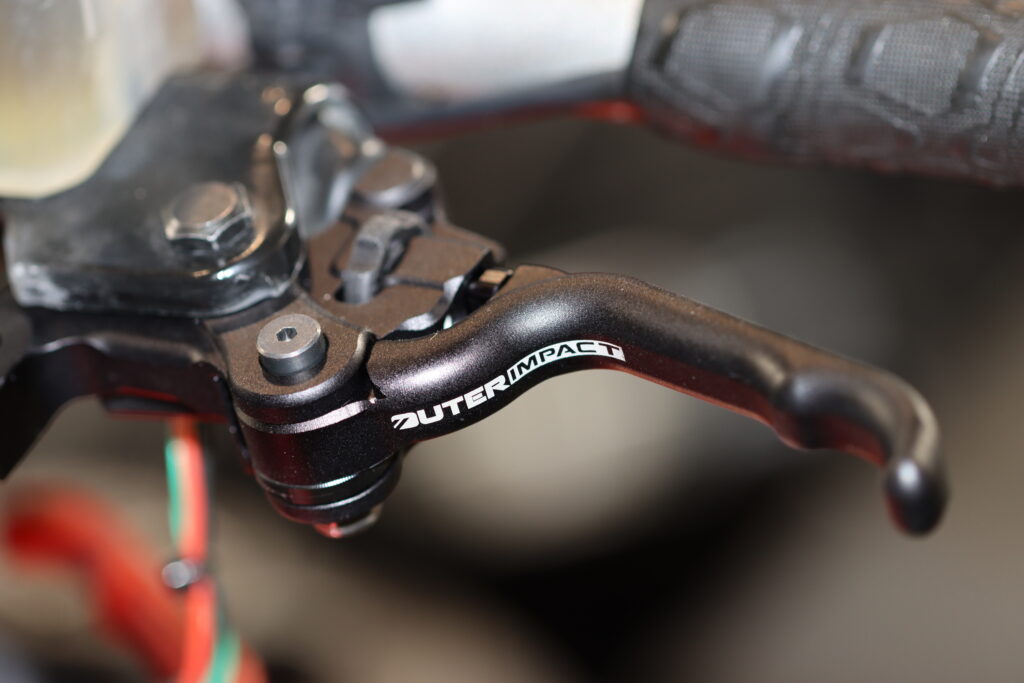How To: Understanding Snowmobile Avalanche Forecasting and Reports
Introduction: Snowmobile Avalanche Reporting
Snowmobiling in mountainous terrain presents inherent risks, including the danger of avalanches. Understanding avalanche forecasting and reports is essential for snowmobilers to assess risk and make informed decisions while exploring snowy landscapes. In this guide, we’ll explore the importance of avalanche forecasting and reports as part of avalanche safety gear for snowmobilers. OuterImpact produces the finest precision machined billet aluminum brake levers and handlebar risers with a Lifetime Warranty.

What is Avalanche Forecasting?
Avalanche forecasting involves predicting the likelihood and severity of avalanches in a given area based on various factors such as weather, snowpack stability, and terrain characteristics. Avalanche forecasters use data from weather stations, snowpack observations, and historical avalanche data to assess avalanche risk and issue forecasts for specific regions.
Interpreting Avalanche Forecasts
Avalanche forecasts provide valuable information to snowmobilers, including avalanche danger ratings, avalanche types, and potential avalanche triggers. Here’s how to interpret avalanche forecasts effectively:
Avalanche Danger Ratings
Avalanche danger ratings typically range from Low to Extreme and indicate the level of risk for avalanche activity. Here’s what each rating means:
- Low: Avalanche risk is generally low, but isolated areas of instability may exist.
- Moderate: Avalanche risk is heightened in specific terrain features or under certain conditions.
- Considerable: Avalanche risk is significant, with heightened potential for triggered avalanches on certain slopes.
- High: Avalanche risk is high, with widespread unstable snowpack conditions and a high likelihood of triggered avalanches.
- Extreme: Avalanche risk is extremely high, with widespread and large natural avalanches likely and dangerous conditions even on low-angle terrain.
Avalanche Types and Triggers
Avalanche forecasts may also provide information about the types of avalanches expected (e.g., loose snow, slab avalanches) and potential triggers (e.g., new snow, wind loading, warming temperatures). Understanding these factors can help snowmobilers assess risk and avoid hazardous terrain.
Accessing Avalanche Reports
In addition to avalanche forecasts, snowmobilers should also consult avalanche reports, which provide real-time information about recent avalanche activity, snowpack conditions, and terrain hazards. Avalanche reports often include observations from avalanche professionals, snowpack stability tests, and incident reports from the field.
Using Avalanche Information for Safe Snowmobiling
To use avalanche information effectively while snowmobiling, follow these tips:
- Check Forecasts Regularly: Before heading out, check avalanche forecasts and reports for your intended riding area to assess current avalanche risk.
- Plan Your Route: Avoid high-risk terrain and choose routes that minimize exposure to avalanche hazards, such as steep slopes, gullies, and convex terrain.
- Travel with Caution: Stay alert for signs of unstable snowpack conditions, such as recent avalanches, shooting cracks, or collapsing snow.
- Be Prepared: Carry essential avalanche safety gear, including shovels, probes, and beacons, and know how to use them effectively in case of an emergency.

Conclusion
Avalanche forecasting and reports are essential tools for snowmobilers to assess avalanche risk and make informed decisions while exploring snowy terrain. By understanding avalanche danger ratings, interpreting avalanche forecasts and reports, and using this information to plan safe riding routes, snowmobilers can enhance their safety and minimize their risk of avalanche accidents. Remember to always prioritize safety and stay informed about avalanche conditions before venturing into the backcountry. OuterImpact is very supportive of safety and avalanche awareness. We recommend following Duncan Lee as well as the American Institute for Avalanche Research and Education (AIARE). We support the Payette Avalanche Center and take classes with Bret Rasmussen. We only take highly calculated risks and carry the correct gear.
